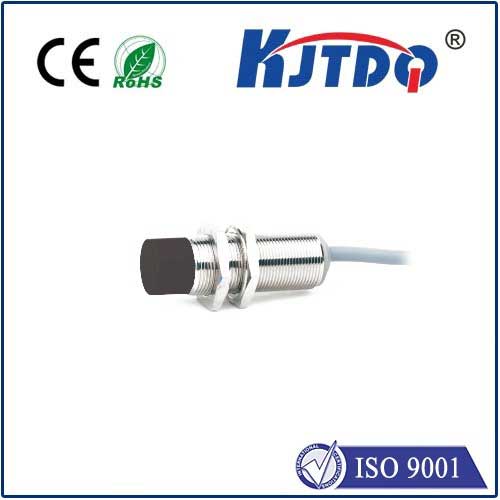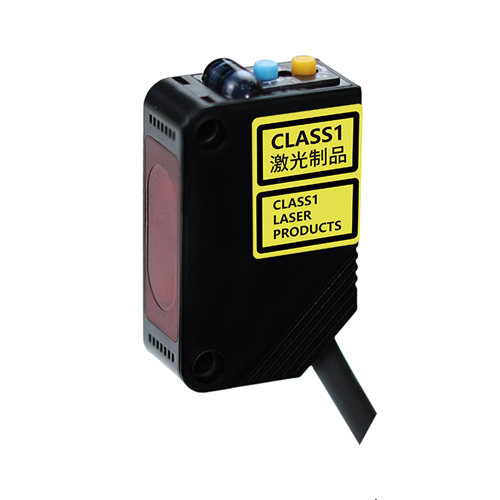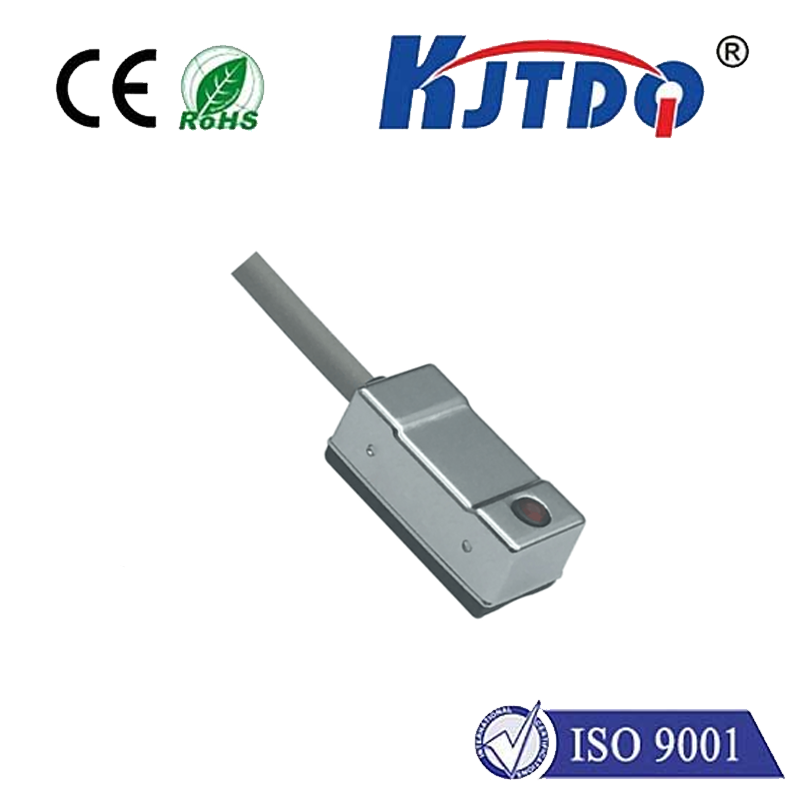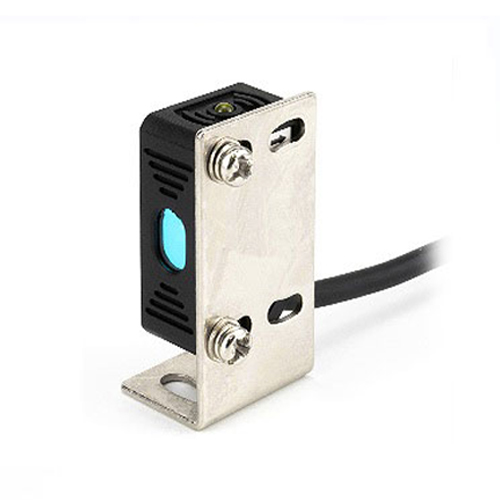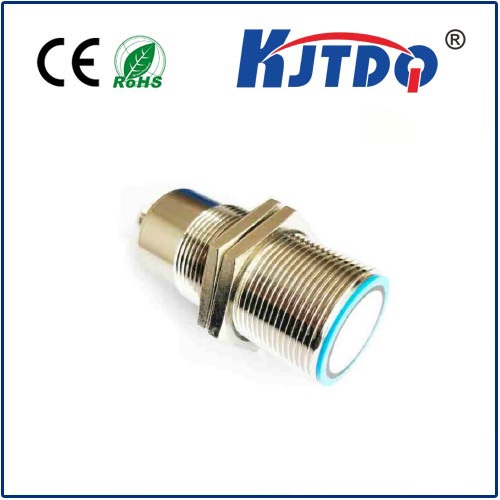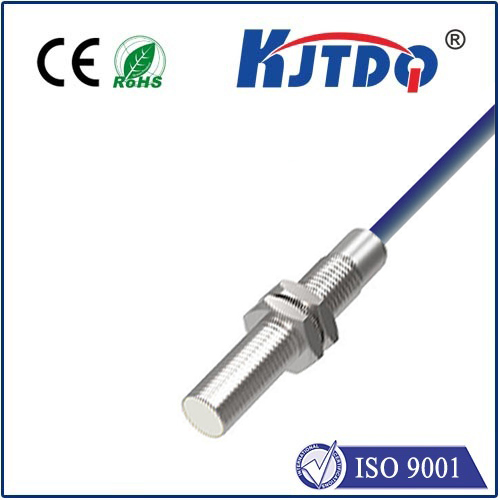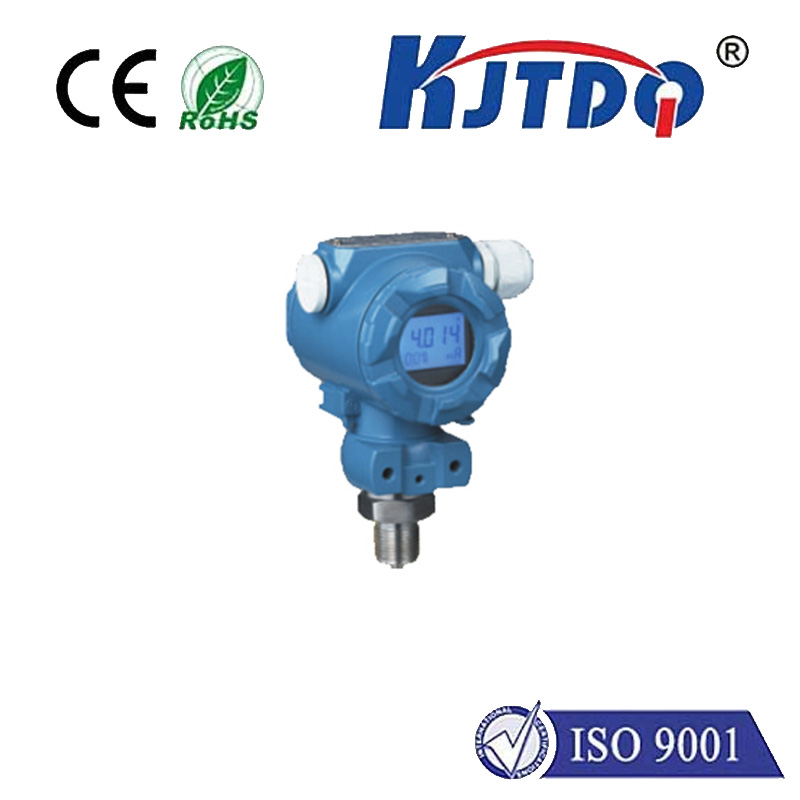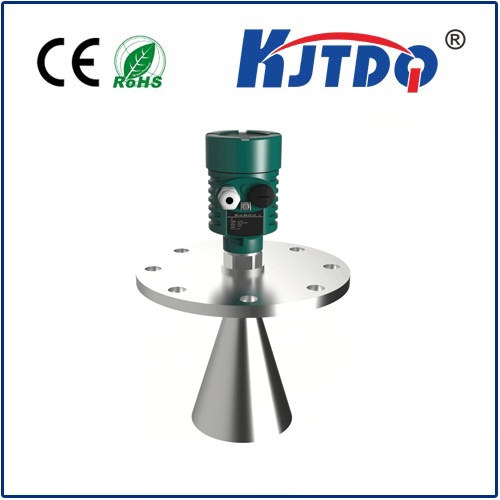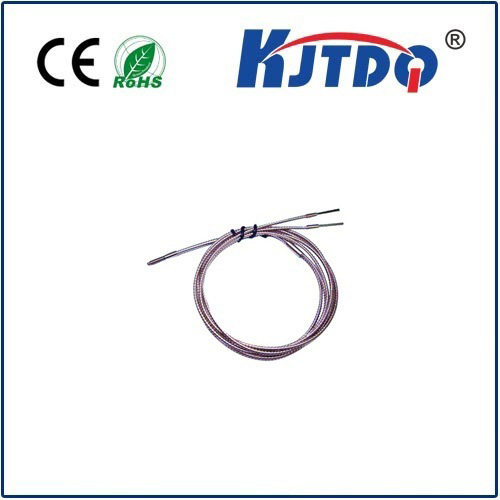12 volt proximity switch
- time:2025-06-16 17:40:29
- Click:0
Unlock Precision & Power: The Essential Guide to 12 Volt Proximity Switches
Picture a bustling factory floor: robotic arms welding with pinpoint accuracy, conveyor belts humming, automated guided vehicles navigating unseen paths. Hidden heroes enable this seamless operation, silently detecting targets without a whisper of physical contact. Among the most versatile and reliable are 12 volt proximity switches, the unsung champions of non-contact sensing in countless industrial and mobile applications. Their unique blend of low-voltage safety, robust performance, and ease of installation makes them indispensable.
But what exactly is a 12 volt proximity switch? At its core, it’s a sensor designed to detect the presence or absence of a metallic object without needing to touch it. Most commonly leveraging the inductive principle, these switches generate a high-frequency electromagnetic field. When a ferrous or non-ferrous metallic target enters this field, it induces eddy currents, causing a measurable change within the switch’s internal circuitry. This change triggers the output signal – typically a simple ON/OFF switch – alerting a control system (like a PLC) to the object’s presence. The “12 volt” specification refers to its operating voltage, making it compatible with standard DC power systems.
The 12V DC operation is far more than just a technical detail; it’s foundational to their widespread use. Why is this voltage so crucial?

- Safety & Compatibility: Operating at low voltage significantly enhances operator safety, especially in potentially hazardous environments. Furthermore, 12V DC is a ubiquitous standard in automotive, marine, battery-powered mobile equipment (like forklifts or agricultural machinery), and many control panels. This inherent compatibility simplifies integration drastically, often allowing direct connection without complex power conversion.
- Energy Efficiency: Compared to higher-voltage sensors, 12 volt proximity sensors consume relatively little power. This is a critical advantage in applications running on batteries or where minimizing overall system energy draw is essential, such as in solar-powered systems or portable devices.
- Reduced Wiring Complexity: Using a common DC voltage (like 12V) alongside standard signalling outputs (like NPN or PNP transistor switching) often simplifies wiring harnesses and reduces the need for additional isolation components.
The advantages of inductive proximity sensors extend far beyond just their voltage rating, solidifying their critical role:
- Exceptional Reliability & Longevity: With no moving parts to wear out, these sensors boast an incredibly long service life. They are immune to issues like contact bounce or mechanical failure common in limit switches. This translates to reduced maintenance costs and maximized uptime.
- High-Speed Operation: Capable of detecting objects moving at high speeds – often switching thousands of times per second – they excel in fast-paced automation environments where traditional mechanical switches would falter or fail.
- Resilience in Harsh Conditions: Engineered for toughness, quality 12V DC proximity switches feature rugged housings (typically nickel-plated brass or stainless steel) and are sealed against dust, oils, coolants, and moisture (commonly meeting IP67 or higher ratings). This makes them ideal for demanding settings like machine tools, food processing, and outdoor equipment.
- Non-Contact Sensing: The absence of physical contact eliminates target wear and tear, prevents sensor damage from impact, and allows for clean detection of fragile or sensitive objects. This principle ensures consistent performance over time.
Where do you find these versatile sensors in action? Their applications are incredibly diverse:
- Industrial Automation: Counting products on high-speed conveyors, verifying part presence in assembly machines, controlling robotic arm positions, monitoring tool position in CNC machines, detecting end-of-travel on actuators.
- Automotive & Mobile Machinery: Monitoring gear position in transmissions, detecting bucket or implement position on excavators and loaders, sensing door/hatch closure on vehicles or equipment, providing feedback for hydraulic cylinder position.
- Material Handling: Ensuring pallet presence on automated guided vehicles (AGVs), detecting package position on sorting lines, verifying container placement.
- Packaging Machinery: Controlling film feed, verifying cap placement, detecting filled containers.
- Security Systems: Detecting door or gate position (open/closed) without obvious mechanical levers.
Choosing the right 12 volt proximity switch involves considering several key factors:
- Sensing Distance: The maximum range at which the sensor can reliably detect its target. This varies significantly by model and target material. Always consult manufacturer specifications.
- Target Material: Inductive sensors primarily detect metals, but performance (sensing distance) differs between ferrous (iron, steel) and non-ferrous (aluminum, brass, copper) metals. Some sensors are optimized for specific types.
- Housing Size & Shape: Cylindrical (threaded barrel) shapes are common, but rectangular or block styles are available. Size dictates mounting options and potential space constraints.
- Output Configuration: Does your control system require a PNP (sourcing) or NPN (sinking) transistor output? Choosing the correct type is crucial for compatibility. Some models offer analog or IO-Link outputs.
- Environmental Rating (IP/IEC): Ensure the sensor’s Ingress Protection (IP) rating (e.g., IP67, IP69K) is suitable for its operating environment – exposure to washdowns, oils, dust, or extreme temperatures.
- Flush or Non-Flush Mounting: Flush-mountable sensors can be installed embedded in metal, saving space, while non-flush types generally offer longer sensing ranges but require a clear zone around them.
Integrating 12V DC proximity sensors is generally straightforward. They require just three wires: positive power supply (typically brown), negative/ground (blue), and the switched output signal (usually black, but check datasheets!). Connecting the output to the input of a PLC, counter, relay, or indicator light completes the circuit. Their inherent simplicity is one of their greatest strengths.
From ensuring the precise positioning of robotic arms to counting cans on a bottling line at lightning speed, 12 volt proximity switches deliver reliable, contactless detection where it counts. Their blend of low-voltage safety, rugged construction, inherent reliability, and straightforward integration makes them a cornerstone technology in modern automated systems, mobile machinery, and countless other applications demanding robust, maintenance-free sensing.






